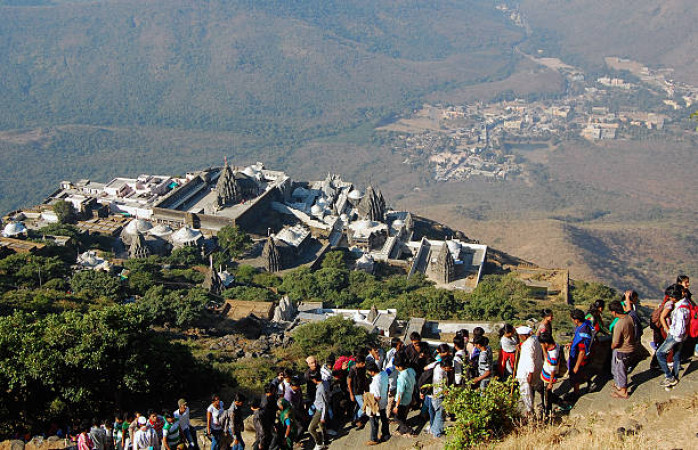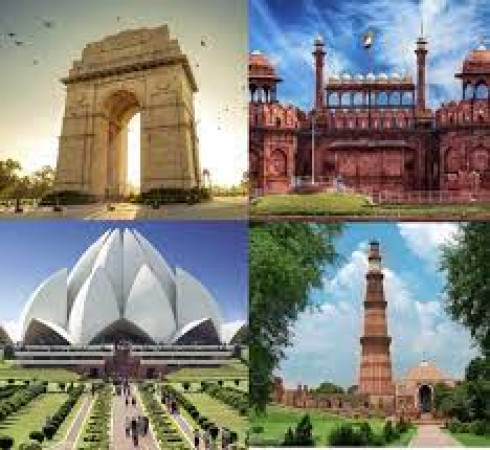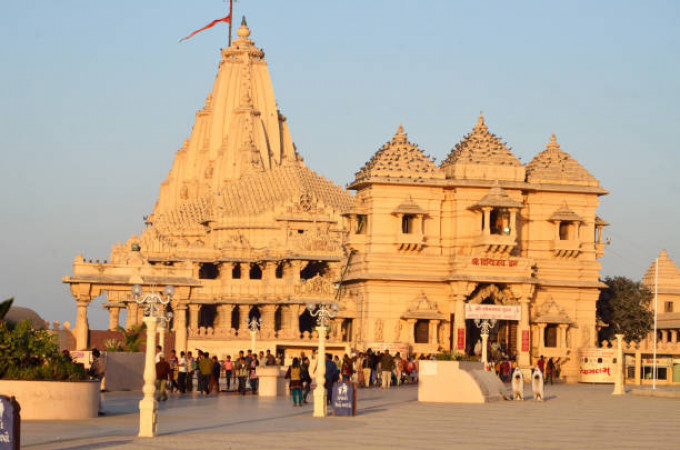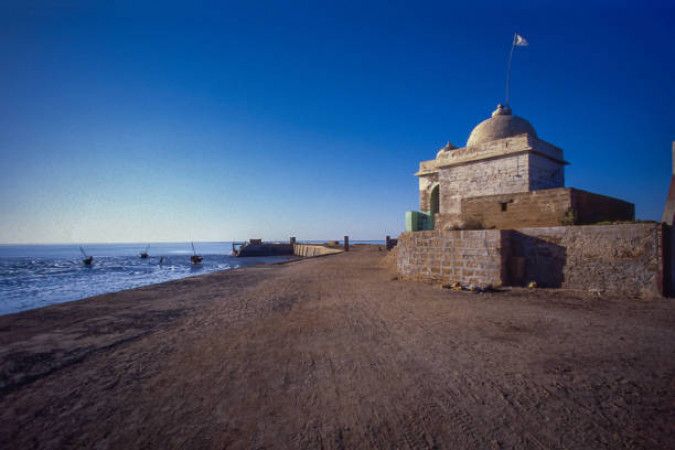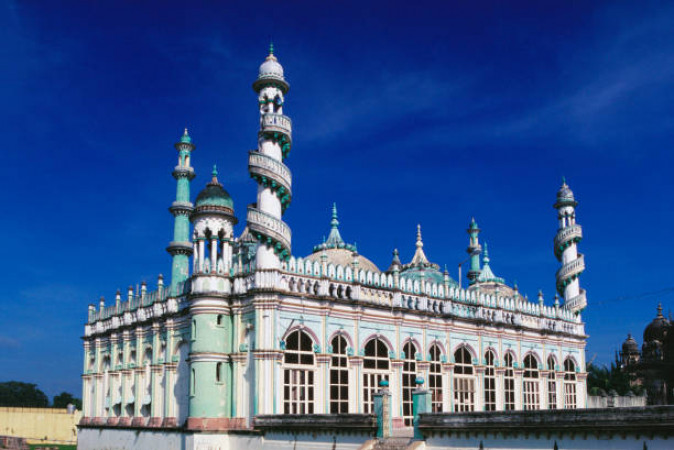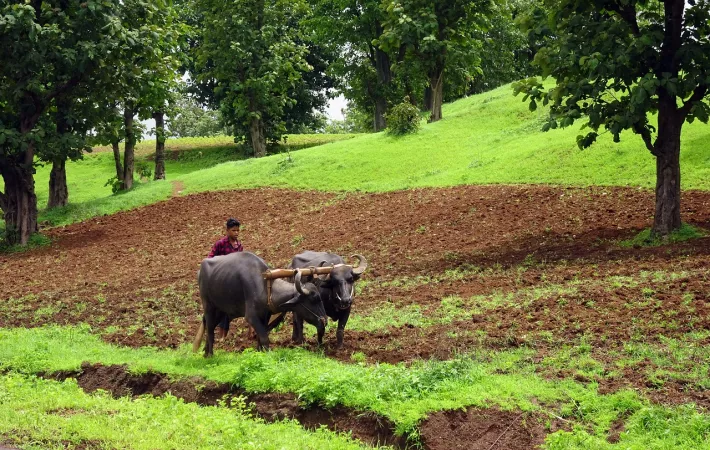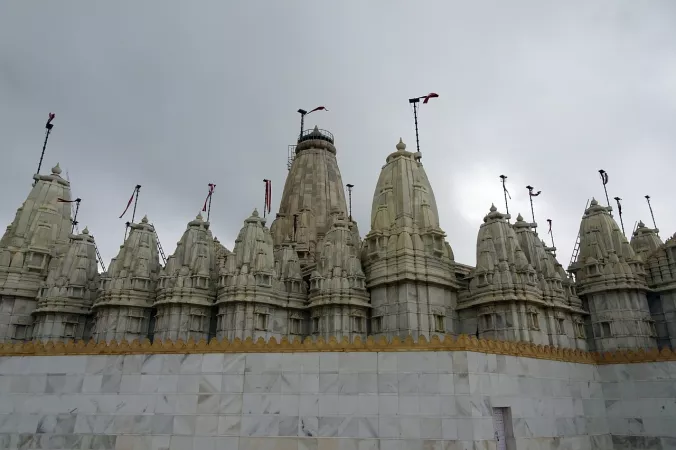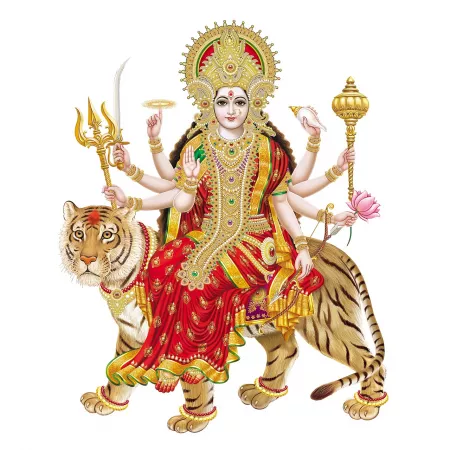Dholavira Travel Guide
Dholavira, located in the Kutch district of Gujarat, India, is an ancient archaeological site dating back to the Indus Valley Civilization. This historical significance makes it a must-visit destination for history enthusiasts. The well-preserved ruins offer a glimpse into the advanced urban planning and culture of the ancient civilization. The location's remote desert setting adds to its mystique, making it a unique and intriguing travel destination.Top Attractions in Dholavira
- 1. Ancient Harappan City Ruins
- 2. The Great Rann of Kutch
- 3. Archaeological Museum
- 4. Kutch Desert Wildlife Sanctuary
- 5. Fossil Park
Dholavira is Famous for
The ancient Harappan city ruins and the well-preserved remnants of the Indus Valley Civilization are what make Dholavira famous.Top Attractions in Dholavira
- Ancient Harappan City Ruins
- The Great Rann of Kutch
- Archaeological Museum
- Kutch Desert Wildlife Sanctuary
- Fossil Park
What's Great about Travelling to Dholavira?
- Experience ancient history up close
- Unique desert landscape
- Perfect for history buffs and archaeology enthusiasts
What's Not So Great about Travelling to Dholavira?
- Remote location with limited amenities
- Extreme weather conditions in the desert
- Not ideal for travelers seeking a bustling city experience
Travel Tips for Dholavira
- Obtain necessary permits for visiting archaeological sites
- Carry plenty of water and sunscreen for the desert climate
- Respect local customs and traditions
Important Dholavira trip information
- Ideal Duration: 2-3 days to explore the major attractions
- Best Time to Visit: November to February for pleasant weather
- Nearby Airports and Railway Stations: The nearest airport is Bhuj Airport, and the nearest railway station is Bhuj Railway Station
Top 1 Places to visit in Dholavira
FAQ's on Dholavira
Q1: What is the best time to visit Dholavira?
The best time to visit Dholavira is during the winter months from November to February when the weather is pleasant and ideal for exploring the archaeological sites. This period also coincides with the Rann Utsav, a cultural festival in the nearby Rann of Kutch. It is advisable to avoid the summer months from April to June due to the extreme heat.
Q2: Do I need a visa to travel to Dholavira?
Most visitors traveling to Dholavira will require a tourist visa to enter India. Ensure your passport is valid for at least six months from the date of entry. Check with the Indian embassy or consulate in your country for specific visa requirements and any exceptions for visa on arrival or e-visas for certain nationalities.
Q3: What are the must-visit attractions in Dholavira?
The must-visit attractions in Dholavira include the ancient Harappan archaeological site, the Dholavira Museum showcasing artifacts from the Indus Valley Civilization, and the scenic Great Rann of Kutch. Don't miss the Kutch Desert Wildlife Sanctuary for a unique wildlife experience and the stunning White Desert during the Rann Utsav.
Q4: Is Dholavira a safe place to travel?
Dholavira is generally a safe place to travel, but like any destination, it's essential to take basic precautions. Avoid isolated areas at night, be cautious of pickpockets in crowded places, and respect local customs. Stay informed about any travel advisories and follow guidelines from local authorities for a secure visit.
Q5: What is the local currency in Dholavira and can I use credit cards?
The local currency in Dholavira is the Indian Rupee (INR). While credit cards are accepted in some hotels and restaurants in larger cities, it's advisable to carry cash when visiting Dholavira for transactions in local markets and smaller establishments. ATMs are available in nearby towns for cash withdrawals.
Q6: What is the local cuisine like in Dholavira?
The local cuisine in Dholavira offers a mix of traditional Gujarati dishes like Dhokla, Thepla, and Khandvi. Don't miss trying local specialties like Kutchi Dabeli, Bhakri with Jaggery, and fresh Gujarati Thali. Vegetarian options are prevalent due to cultural preferences, but you can find some non-vegetarian dishes as well. Be mindful of spicy flavors and dairy-based sweets in the cuisine.
Q7: What transportation options are available in Dholavira?
Transportation options in Dholavira include buses, taxis, and private cars for local travel. The nearest major airport is Bhuj Airport, approximately 250 kilometers away, with domestic flights connecting to major cities in India. Private taxis or rental cars are recommended for exploring Dholavira and nearby attractions like the Rann of Kutch and archaeological sites.
Q8: Are there any cultural norms or etiquette I should be aware of when visiting Dholavira?
When visiting Dholavira, it's important to respect local customs and traditions. Dress modestly, especially when visiting religious sites or rural areas. Remove your shoes before entering temples or homes and seek permission before taking photographs of locals. Greet people with a 'Namaste' and be mindful of cultural sensitivities regarding food, gestures, and personal space. Embrace the warmth and hospitality of the locals while being respectful of their way of life.
Q9: I am a travel agent. How can I buy travel leads of Dholavira?
Register yourself as a travel agent at agents.tripclap.com and then you can buy travel leads to Dholavira once your account is approved. For more details contact our support team at +91-8069186564 or support@tripclap.com
